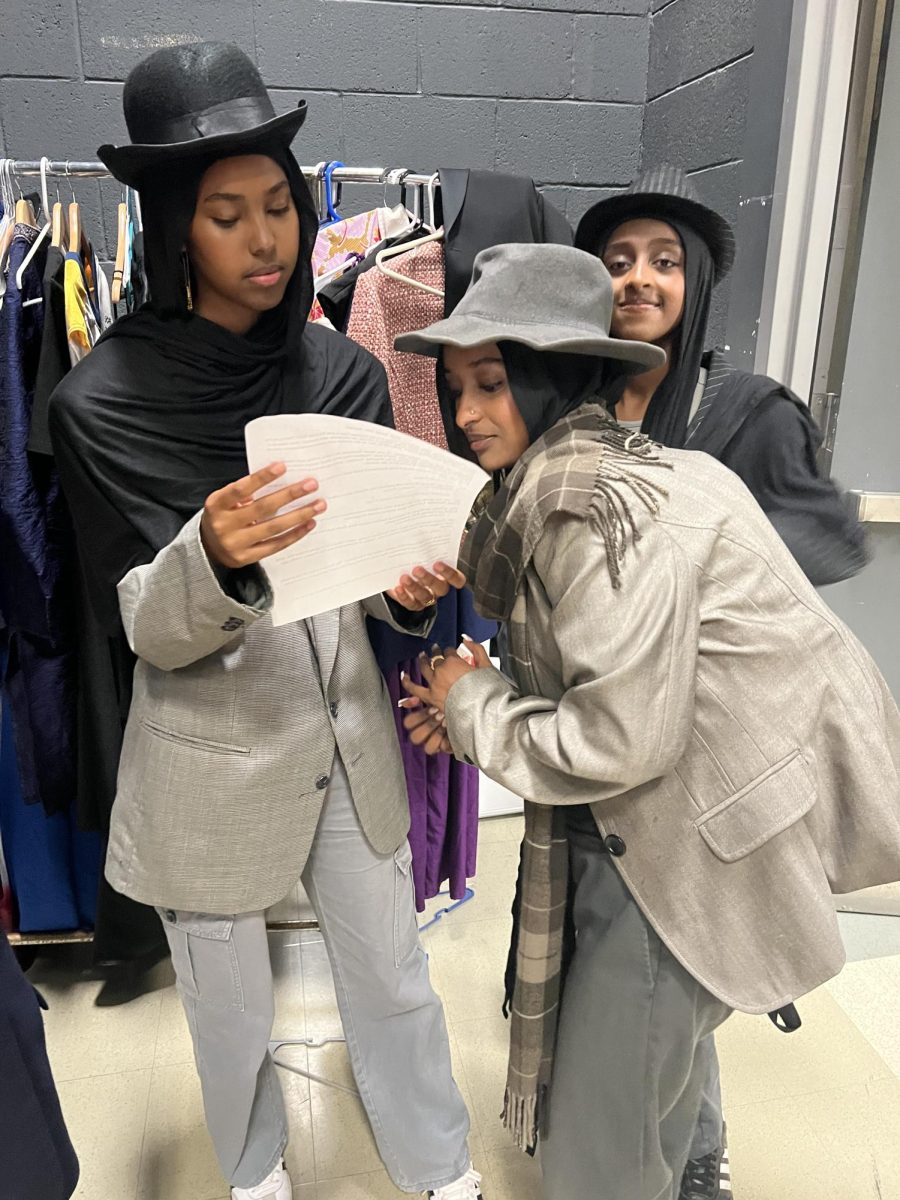America Turns the Clock Forward for Daylights Savings
March 25, 2022
Daylight Saving Time happens twice a year, March 13 and November 6. On March 13, we lose an hour and on November 6, we gain an hour. The U.S. has daylight saving because daylight saving was intended to cut energy usage by advancing clocks and prolonging daylight hours later into the evening. People use less electricity for artificial lights when there is more sunlight.
In the mid-1970s, America’s clocks sprung ahead for 16 months and never went back. President Richard Nixon signed this year-round daylight saving time bill into law in January of 1974 in order to maximize evening sunlight and, in turn, assist in alleviating the current national gas crisis. Benjamin Franklin believed that sleeping late in the summer was a waste of productive time, and that an extra hour of sunlight in the evening would reduce candle use, hence the idea for daylight saving time was born in the 18th century.
The United States Senate voted on Tuesday to make daylight saving time permanent beginning in 2023. The Sunshine Protection Act still needs to pass the House, but if it does, the time Americans use during the summer—four hours behind Greenwich Mean Time — will become the usual time in the United States year-round. As a result, sunrises and sunsets will be delayed.
Adopting daylight saving time as standard “leaves us permanently out of sync with the natural environment,” said Joseph Takahashi of the University of South Texas to the New York Times from Fortune by Nicholas Gordon
Scientists are also concerned that forcing individuals to wake up earlier and go to bed later than their natural body clocks dictate could exacerbate sleep deprivation, which has been linked to an increase in obesity, diabetes, dementia, and other health problems. But, the U.S. has once tried to make daylight saving permanent. In 1974, the U.S. attempted a permanent conversion to daylight saving time in order to preserve energy during the Organization of Arab Petroleum Exporting Countries’ oil embargo. However, after protests from parents about schools starting in the dark and a series of well-publicized road accidents involving children, the U.S. stopped doing so in October 1974.
Adolescents already suffer from sleep loss as a result of having to get up “early” to go to school. Teenagers have a naturally later sleep cycle than children and adults, so they should wake up later in the day to keep their bodies in sync.
Keeping daylight saving time may be easier for everyone having to rearrange everything, if we permanently stop participating in daylight saving twice a year. Continuing to have the sun up past 5 is still really nice, like when it’s still warm instead of freezing, especially at the hours we get home or still waiting for the bus.







